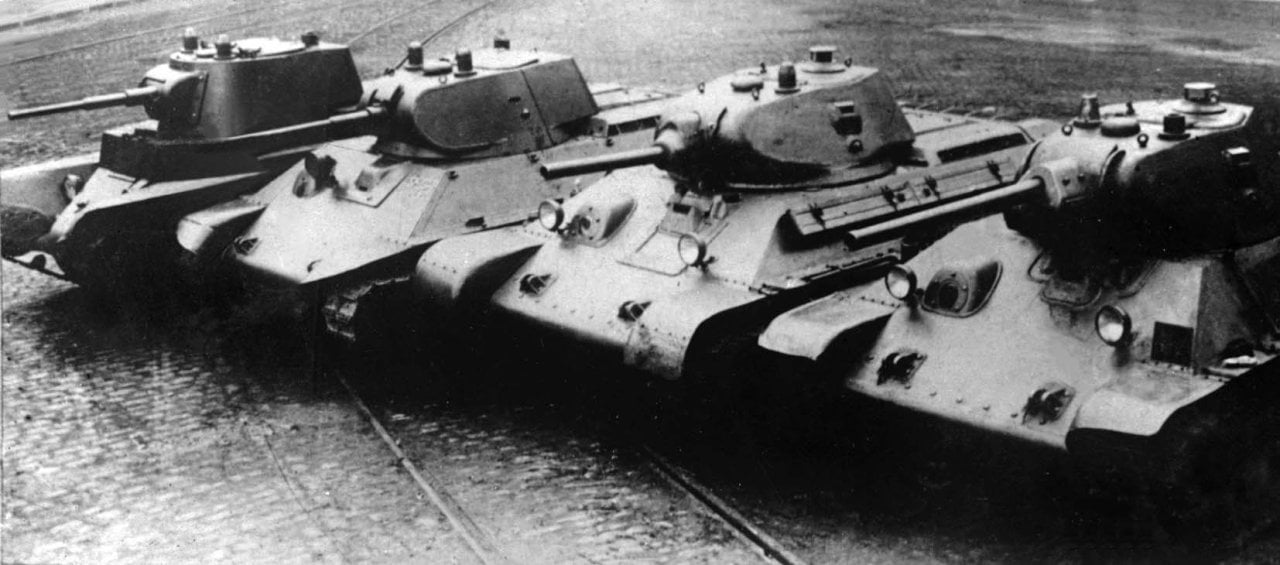

In the meantime, the Germans had to make do with about 100 tanks a month and, moreover, the German troops had problems supplying enough spare parts. This particularly benefited the Russians with a tank production of about 2,000 tanks per month. It gave both sides time to bring in weapons, men and supplies. Due to the thaw that had meanwhile set in, both parties had to wait at least six weeks: in the thaw tanks could hardly or not move forward because the vehicles sank into the mud created by the thaw, the raspoetitsa. On March 18, 1943, the Germans attacked Belgorod, but the Wehrmacht was quickly brought to a halt. He immediately gave the order to send all reserves to Belgorod. Stalin saw that the situation was becoming serious and called in Zhukov. The Russian forces therefore withdrew behind the Donets after the city of Kharkov was lost. To help Vatutin, Filipp Golikov wanted to attack the flank of the Germans, but the Stavka considered that plan too risky because Golikov himself could be surrounded by the Wehrmacht and the Russians faced supply problems. The Russian forces were quickly driven back. The Germans gathered their own troops near the city of Krasnograd and on Februlaunched a counter-offensive towards the city of Kharkov on the right wing of the Russians where General Nikolai Vatutin was located.


However, the Germans were still able to carry out attacks on the Russians. The Russians were convinced that the German army was almost defeated and that the war was nearing its end. Von Manstein therefore had his troops withdraw in order to extend the supply lines of the Red Army. 900.000 infantry, 2.700 tanks and 2.000 aircraft were deployed on the German side and 1.300,000 infantry, 3.600 tanks and 2.400 aircraft on the Soviet side.Īfter the Battle of Stalingrad, the great losses resulted in a troop shortage on the Southern front. The battle took place in July and August 1943 between Nazi Germany and the Soviet Union near the city of Kursk in Russia. This battle also saw the day with the greatest losses in the history of the air war. It marked the end of the German offensive capability on the Eastern Front and cleared the way for the great Soviet offensives of 1944–45. The Battle of Kursk or Operation Citadel was a large and decisive tank battle on the Eastern Front in World War II.


 0 kommentar(er)
0 kommentar(er)
